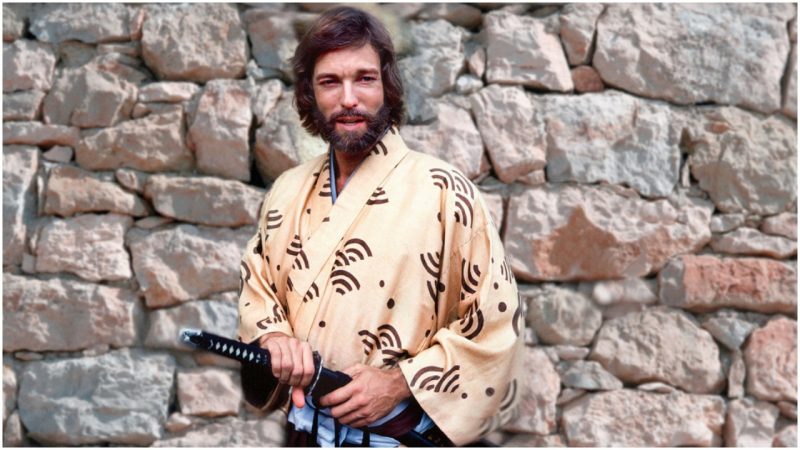In 1975, James Clavell published the first in a series of novels he called his Asian Saga.
The first novel, entitled Shōgun, is set in feudal Japan and tells the story of John Blackthorn, the first English trader in Japan.
The novel was so successful Clavell produced a miniseries in 1980, starring Richard Chamberlain and Yoko Shimada, that ran for just over nine hours and was shown over a series of evenings.
What many people didn’t know was the book and miniseries were based on a real-life English sailor named William Adams who was born in Gillingham, Kent in England in 1564.

CC BY-SA 3.0
The romance between Blackthorn and Mariko was fiction, as were some other side stories. The real story is as follows:
Adams was an experienced sailor and learned shipbuilding at a young age. He participated in the action that saw the defeat of the Spanish Armada, serving directly under Sir Francis Drake in 1588.
In 1600, Adams’ ship was blown off course in a typhoon and landed on the eastern side of Kyushu Island.
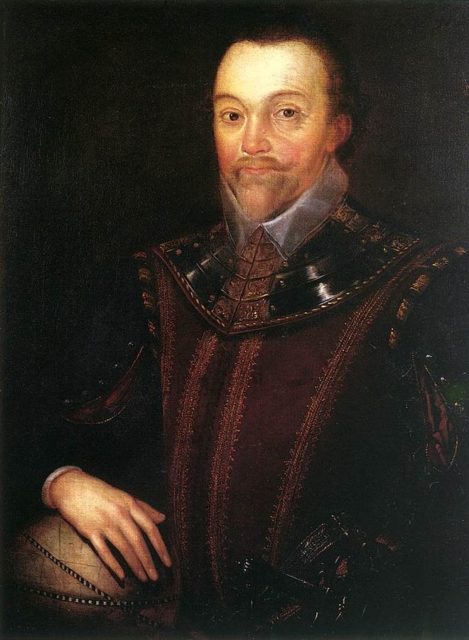
He was piloting the ship as part of a Dutch East India Company expedition, and his was the only ship that made it to Japan.
In Japan, those were the days of strict codes of behavior and absolute levels of society. Honor meant everything and death meant nothing.

Japan was at a turning point with different clans warring for land and power.
Portuguese Jesuit priests had already arrived and established a foothold in Japan, bringing with them not only a new religion but new weapons that fired projectiles using gunpowder.
The priests immediately decided Adams was a threat to them because he was English and therefore a subject of Queen Elizabeth I whose father, King Henry VIII, created the protestant Church of England to replace Catholicism in Great Britain.
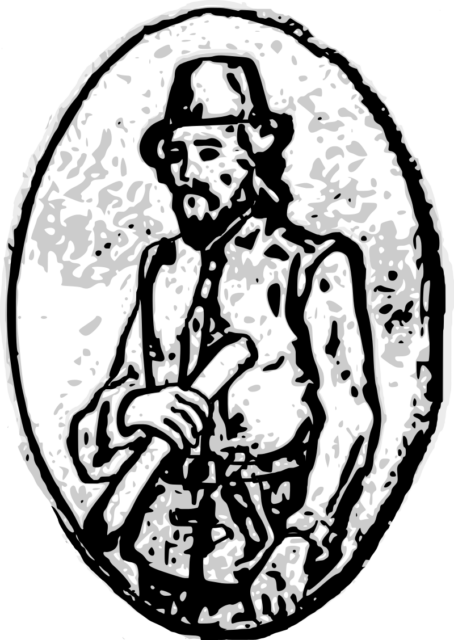
They declared him a pirate and demanded that he and his crew be executed.
The men were sent to Osaka Castle and imprisoned there. The daimyō of Edo (later Tokyo) at the time was Tokugawa Ieyasu, the powerful feudal lord who was destined to become shōgun — the military dictator of the land.
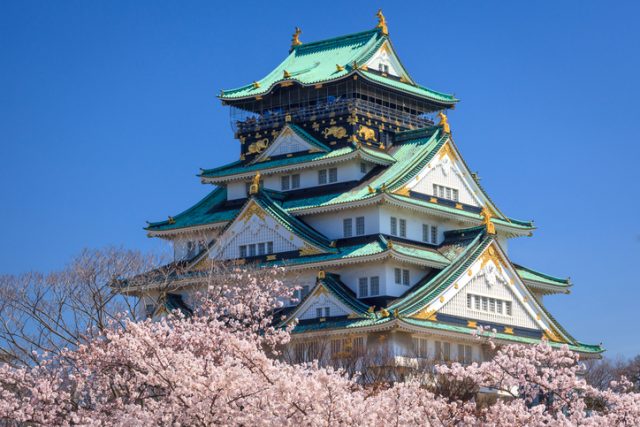
With a Jesuit priest as a translator, Ieyasu called for Adams and interrogated him. Adams made it clear to the daimyō that he did not trust the Jesuits by grabbing the cross from the priest’s neck and stomping on it.
After several meetings, Ieyasu decided he liked Adams and felt that his skills as a shipbuilder would be beneficial to his armies.
Adams’ experience with battle helped the daimyō, and in 1603 when Ieyasu was appointed shōgun, Adams became one of his most trusted advisors.

Adams showed Ieyasu’s army how to build Western-style ships and taught them geography and navigation. During this time Adams learned to speak Japanese and became familiar with the culture of Japan.
His service to the shōgun earned him a title and extensive lands in Sagami Province, with servants and an open invitation to the shōgun’s palace.

He was given the name Anjin, meaning pilot. Adams’ crew was also given gifts and were permitted to engage in trade on behalf of Japan.
They were later permitted to leave Japan around 1605, but Adams was not.
He was, however, given two swords and declared a samurai, an unheard-of honor for a foreigner. Most Japanese hopefuls train for most of their lives and must be well born to be samurai.

Although Adams had a wife and two children in England to whom he regularly sent support payments, Ieyasu declared her a widow, as William Adams was dead and reborn as Miura Anjin, samurai and hatamoto serving with the most elite of the shōgun’s court.
Adams married a Japanese woman, Oyuki, and with her had a son and a daughter and reportedly had a child with one of his concubines.
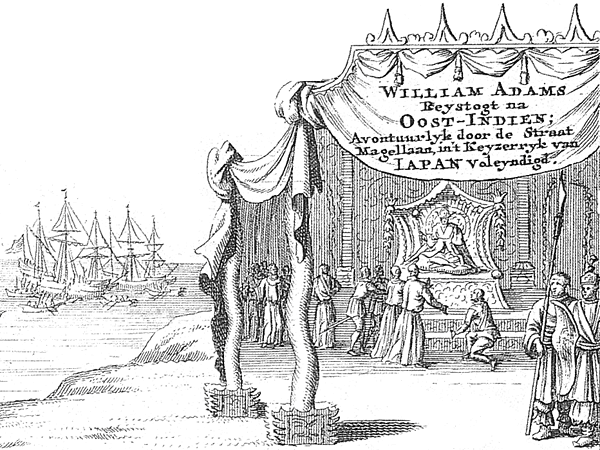
He was given the opportunity to establish trade with other Southeast Asian countries and later was allowed to set up trading with the Dutch and the English.
In 1613, he signed with the East India Company and set up a small English settlement in Hirado.
After fifteen years in Japan, Adams considered himself more Japanese than English and had problems relating to the new English visitors. He preferred to remain at his Japanese home.

He made multiple trading voyages to Siam, Vietnam, and Cochinchina. Even though Ieyasu gave him permission to return to England in 1613, Adams stayed in Japan for the rest of his life.
Ieyasu died in 1617, and while Adams lost some of his prestige, he was still permitted to trade and remain hatamoto.
Adams died while in Hirado in May 1620, at the age of fifty-five, and he was buried in Nagasaki. He left half of his property to his family in England and half to his family in Japan.
The head of the British East India Company, Richard Cocks, kept in touch with Adams’ Japanese family and gave his son, Joseph, the samurai swords presented to Adams by Ieyasu.
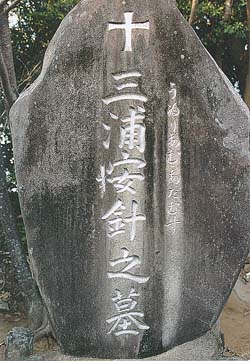
The new shōgun, Hidetada, the third son of Ieyasu, granted Adams’ lordship to his son Joseph who retained the name Miura Anjin and traded for Japan until 1635 when Hidetada closed Japan to outside trading.
There are no records of Adams’ children after this time, and it is assumed they lived quietly in Japan for the remainder of their lives.
Read another story from us: Legendary Fart Battles in the Samurai Era
The book and miniseries Shōgun, while full of fictional intrigue and romance to create a good story, is a reliable example of Japan in the 1600s, staying true to historical facts and educating millions about ancient Japan.
